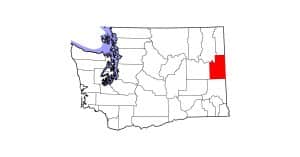18 Louisiana Horses Confirmed Positive for EEE or WNV

“Most cases (all but three) have been in July and August, since it’s been so wet in Louisiana,” said Assistant Louisiana State Veterinarian Diane Stacy, DVM. “This is a bad year so far, but the worst was in 2012, when by this time we had 14 positive West Nile virus and 26 positive Eastern equine encephalitis horses, with a total of 84 West Nile virus and 60 Eastern equine encephalitis cases for the entire year. That was the year Tropical Storm Isaac inundated Louisiana with rain and flooding.”
The confirmed cases, none of which had current vaccinations, occurred in the following parishes: Allen (1), Assumption (2), Beauregard (2), Caddo (1), DeSoto (2), Iberville (1), Lafourche (2), Red River (1), St. Mary (1), St. Tammany (2), Tangipahoa (1), and Terrebonne (2). Two cases survived, three died, and the remaining 13 were euthanized.
“Horses are sentinels for disease in humans and a trigger to start spraying the area for the mosquito vector,” Stacy said. “EEE and WNV are both reportable in Louisiana, so on suspicion of disease, the attending veterinarian submits a reportable disease form to the LDAF office. When the Louisiana Animal Disease Diagnostic Laboratory notifies LDAF of a positive test result, LDAF forwards the veterinarian’s report and the lab results to the Office of Public Health, who then shares the information with the affected parish’s mosquito control officials
Create a free account with TheHorse.com to view this content.
TheHorse.com is home to thousands of free articles about horse health care. In order to access some of our exclusive free content, you must be signed into TheHorse.com.
Start your free account today!
Already have an account?
and continue reading.
Written by:
Diane E. Rice
Related Articles
Stay on top of the most recent Horse Health news with












